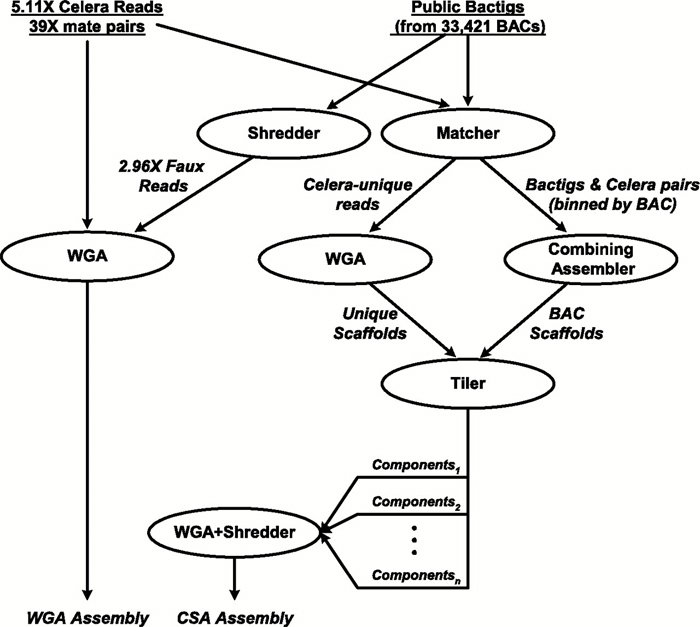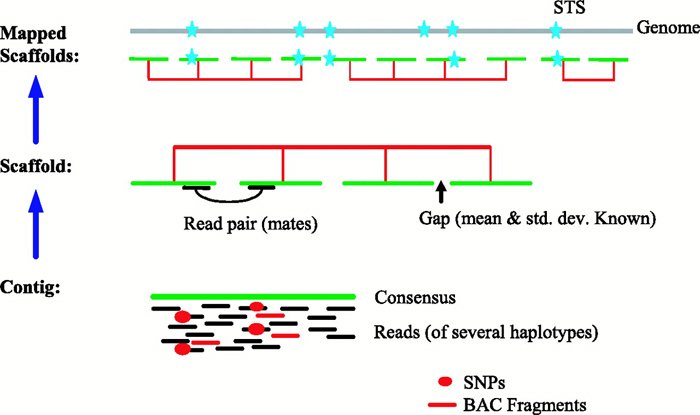A team of international scientists claims to have reconstructed the entire human genome to narrow the gap between the missing parts when the first human genome sequence was analyzed 20 years ago.
In 2000, leaders of the Human Genome Project and Celera Genomics announced that they had sequenced the first human genome on the White House lawn. But if the last sentence is confirmed to be true, then the remaining 8% of the human genome has been officially mapped, and we finally know what we are made of with the most basic genetic accuracy.
The result of the new DNA sequence analysis is “technical strength”
Assuming this is true, the gap in our knowledge of human genes is full of new technologies, but new technologies have their own limitations. For example, the type of cell line used to speed up the mapping process.
“You just want to unearth the last unknown in the human genome,” said Karen Miga, a researcher at the University of California at Santa Cruz, one of the leaders of an international organization dedicated to sequencing the entire human genome in the Stat News report.
“It has never been done before. The reason it has not been done before is that it is difficult,” stressed Miga who will not officially publish the article until it is peer-reviewed and published in a legitimate medical journal.
However, assuming the study results are correct, this is an important advance in genetics. This is achieved through new DNA sequencing technologies developed by two private companies: Oxford Nanopore at Oxford Science Park, UK, and Menlo, California. Parker’s Pacific Biosciences. Compared to the traditional tools of the last decades, the technologies of these two companies have small but vital advantages.
According to Stat News, the deputy director-general of the European Molecular Biology Laboratory called this result a “technical masterpiece.” Birney added that the initial investigation of the genome was cautious because no sequencing process can go through the entire DNA molecule.
Even closing the smallest gap in DNA can open the door to gene regulation
“What this group does is show that they can do this from start to finish,” Bernie explained. This opens the door to more research because scientists have proven that they can successfully sequence entire DNA molecules. However, although this can be used as an incentive for genetic research, the question still remains: Is this “missing link” in the genetic code really that important?
The international organization stated that it has increased the number of DNA bases from 2.92 billion to 3.05 billion, an increase of 4.5%. In contrast, the number of new genes encoding proteins increased to 19,969, an increase of only 0.4%. Although this may be disappointing, it may also bring other scientists closer to new discoveries, including the discovery of gene regulation processes.

It is worth noting that the DNA sequence used in this study was not taken from humans, but from a growth called mole in the female uterus. This happens when the sperm fertilizes an egg lacking a nucleus. This allows the cell to have two copies of the same 23 chromosomes instead of two different sets of chromosomes (which are typical of human cells).
In this new technology and the substantial progress in DNA sequencing technology that we have seen in the past 20 years, there is still much to be explored. If this research is successful, we will experience one of the most exciting moments in the history of science (although obviously, we have succeeded).



